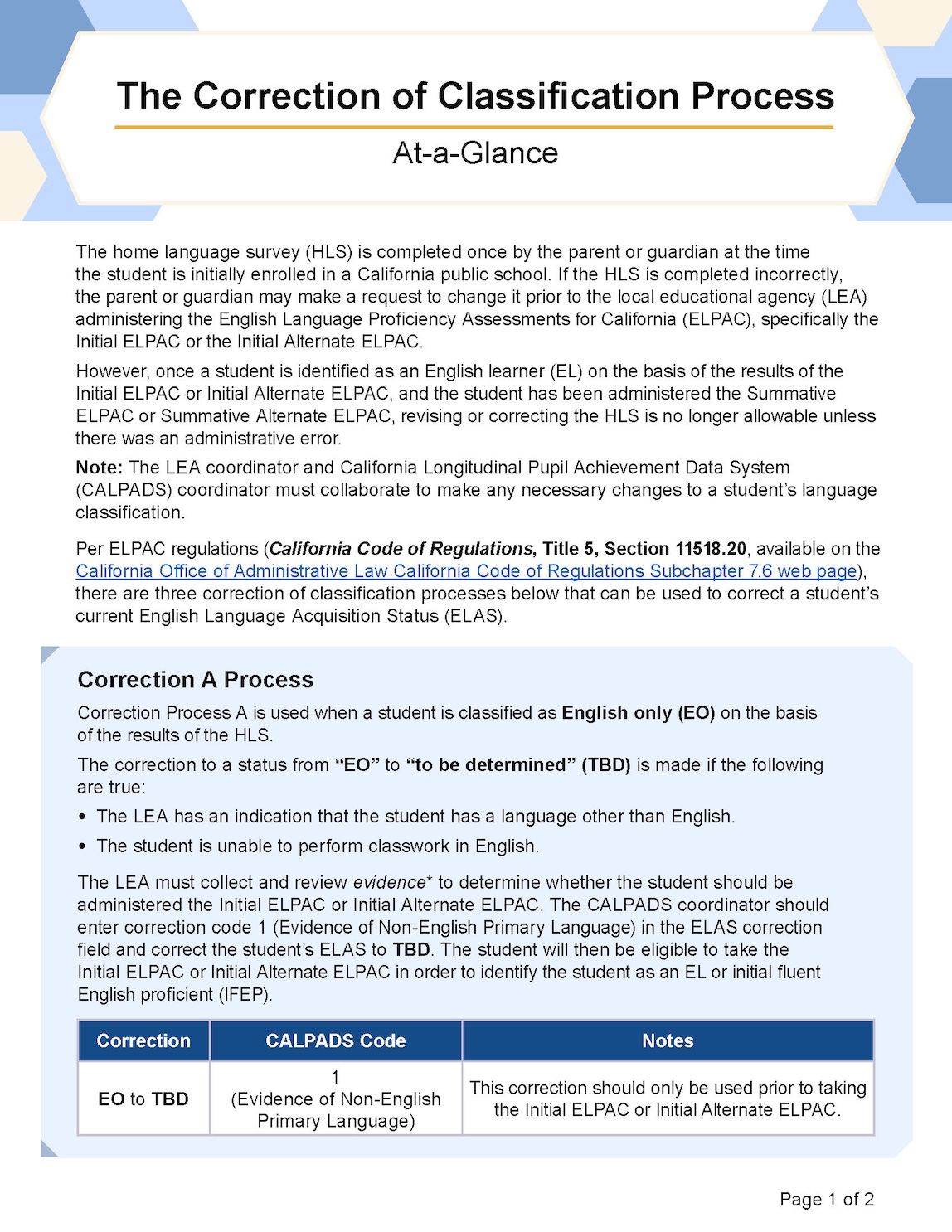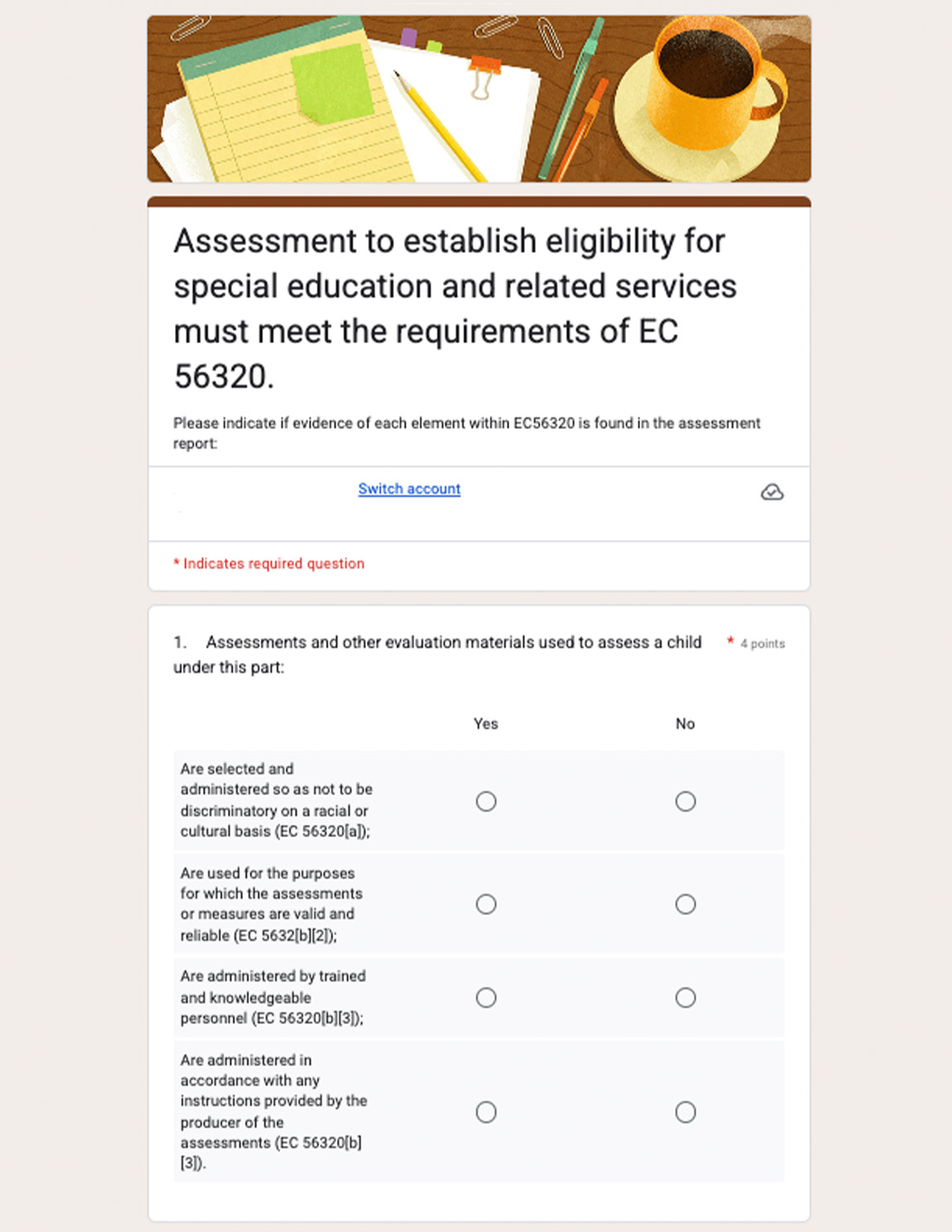Additional Resources
Assistive technology (AT) is “any item, piece of equipment, or product system, whether acquired commercially off the shelf, modified, or customized, that is used to increase, maintain, or improve the functional capabilities” of children with disabilities. (IDEA, 2004, Sec. 300.5). For students with disabilities, IDEA requires that Assistive Technology (AT) must be considered as part of the IEP developed for each student that is eligible.
- COVID-19 and School Closures: Tips for Parents of Bilingual Children and English Language Learners Receiving Speech-Language Therapy Services
- COVID-19 y el cierre de las escuelas: Consejos para los padres de niños bilingües y de aprendices de inglés que reciben servicios de terapia de habla y lenguaje






























